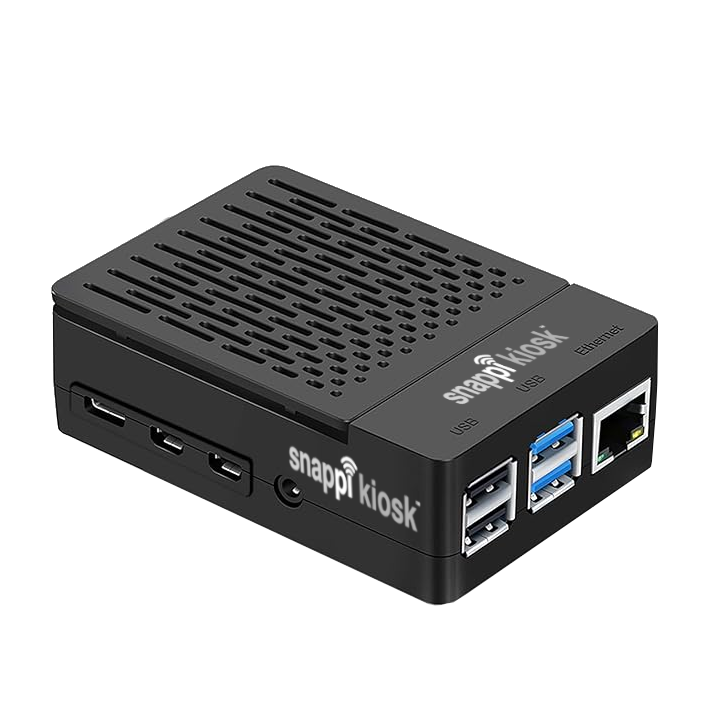Instruction Details
- Temperature:
- 400°F / 204.44°C
- Time:
- 5 Minutes*
- Pressure:
- Heavy
- Substrate:
- CB714 (Part numbers may vary by distributor)
Additional Items Needed
- Heat Tape
- Adhesive Spray
- 1/8" Heat Conductive Green Rubber
Heat Press Method Instructions
Do NOT mirror or reverse image when printing transfer.
1. Place Nomex Felt Pad or 1/8" Heat Conductive Green Rubber on Bottom Table. When using 1/8" Green Pad add 1 additional minute press time.
2. Cover the Nomex Felt Pad or 1/8" Heat Conductive Green Rubber with a sheet of protective paper.
3. Use Heat Tape or Adhesive Spray to attach your transfer to the white side of the Cutting Board.
4. Place the Cutting Board with imaging side face down, textured side up, on top of Nomex Felt Pad or 1/8" Heat Conductive Green Rubber and protective paper, on bottom table.
5. Cover it all with a piece of protective paper and press according to time, temperature, and pressure above. When using 1/8" Green Pad add 1 additional minute press time.
6. Check for complete transfer upon opening press. If incomplete, close press and continue pressing for 30 seconds to 1 minute, or until Cutting Board is fully imaged.
7. Cool Cutting Board face up, add feet only after board is cool.
Application notes: The transfer paper may stick to the board after sublimation. If this occurs, simply scrub it off with a mildly abrasive sponge such as a non-scratch Scotch Brite Pad. Additionally, there may be a thin area around each glass cutting board that has no white coating. This space has been coated for sublimation and will have no effect on the final image.
Attaching rubber feet: Apply rubber feet to the bottom of the cutting board after it cools. Be sure to clean the application area with alcohol before affixing the feet. The feet should be compressed quite deliberately as this will break open and mix adhesive crystals suspended just behind the surface of the rubber. Do not wash, by hand or dishwasher, for a minimum of 72 hours after application, to allow the adhesive to cure.
Additional notes: It is quite common for the white coating to exhibit pinholes when the product is held up to a light source. Beware these products are not meant for backlighting. Should any of these products be backlit after sublimation they will be spotted with light shining through. This is not a product anomaly – it is normal.
Glass cutting boards are to be cleaned with bleach-free detergents only. Do not clean this product using bleach. If you see white paint on the face of the cutting board, scrub it off with a wire brush or a Scotch Brite Pad for Stovetops.
Stack Order for Heat Press
- HEAT PRESS PLATEN
- PROTECTIVE PAPER
- SUBSTRATE
- TRANSFER
- PROTECTIVE PAPER
- NOMEX FELT PAD
- PROTECTIVE PAPER
- BOTTOM TABLE



